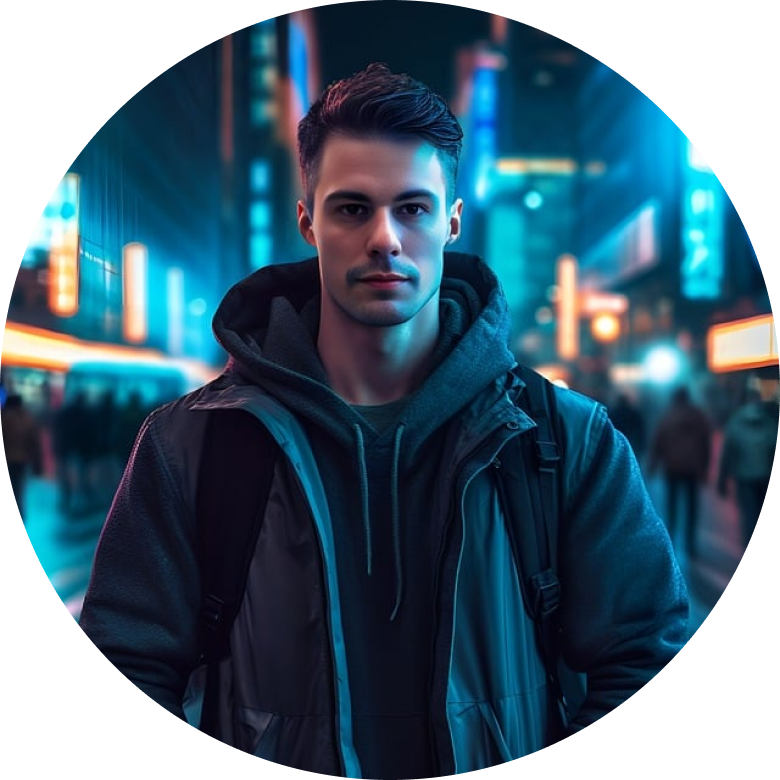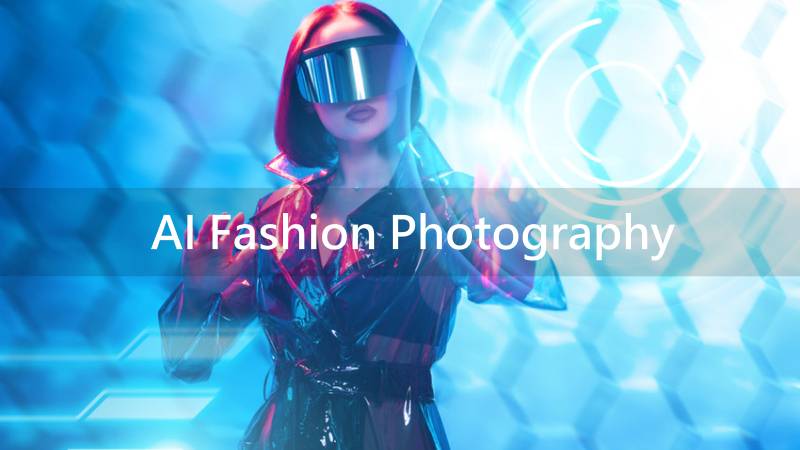Generative AI has spread its digital wings across industries, ushering in the winds of change that revolutionize personal and professional life. The fashion industry isn’t immune to this transformative force, which reshapes all sectors with an ever-evolving fusion of fashion and technology.
Fashion photography is no exception. AI intersects it at all angles, disrupting the sector and creating unprecedented value.
Discover how AI fashion photography is rapidly remodeling the industry, including the benefits, drawbacks, current and future opportunities, and best AI tools for generating stunning visuals.
In this article
How Is AI Affecting Fashion Photography?
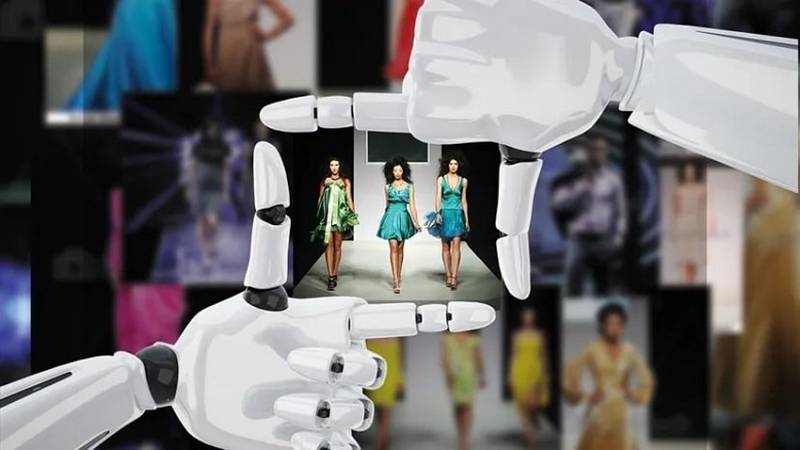
AI enables fashion photographers to generate unique, high-quality images in seconds. Whether creating lifestyle photos for magazines or on-model product pictures for fashion brands and ecommerce catalogs, they can instruct AI to realize their vision.
They can choose the background, lighting, pose, camera angle, contrast, colors, and other elements to bring ideas to life and convey the desired message. Moreover, they can leverage AI photo editing tools for more time efficiency.
The best part? They don’t need actual models—AI can generate them, saving thousands of dollars on extensive photoshoots. That’s a godsend for startups and small businesses.
Let’s see all the benefits and drawbacks of AI fashion photography.
Pros and Cons of AI Fashion Photography (Generated Images)
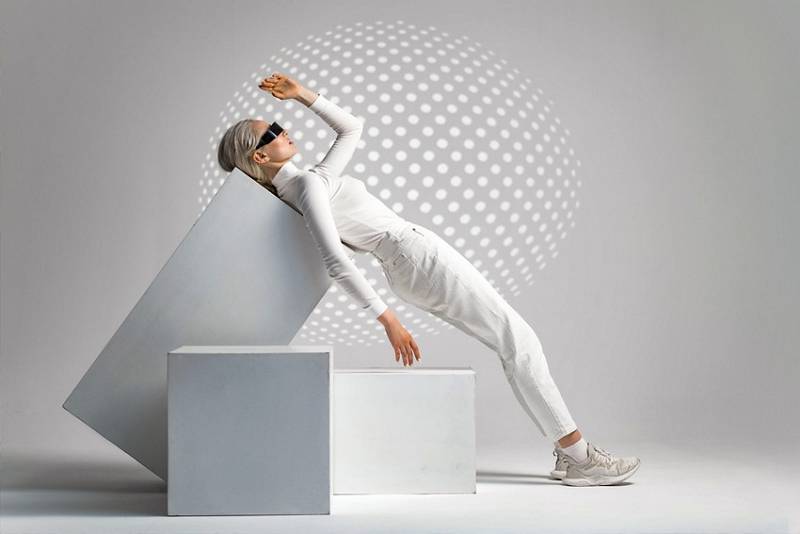
AI fashion photography disrupts the industry in many ways. Here are its advantages and disadvantages.
The good news is that these drawbacks are avoidable. When fashion brands and photographers embrace AI to enhance their work rather than becoming dependent on AI, they can unlock exciting opportunities and overcome challenges.
How the Future of AI Fashion Photography Looks
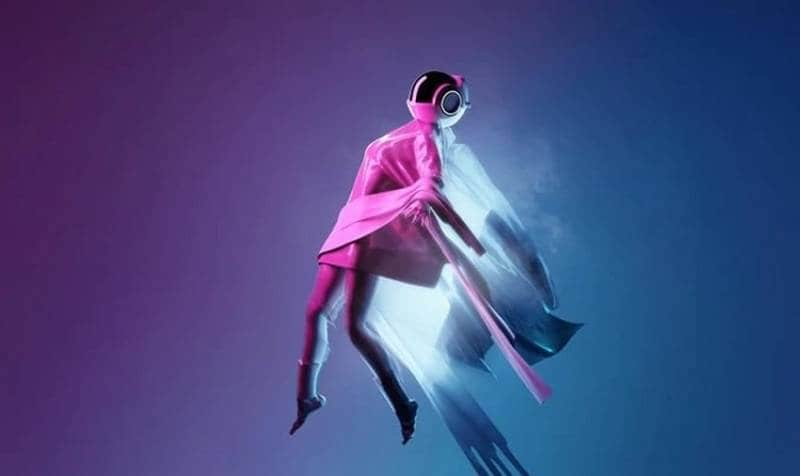
AI fashion photography will transform how consumers shop. Many brands have already implemented the technology, enabling people to try on clothing items in virtual dressing rooms and find perfect fits. Others will soon follow in their footsteps, reshaping and personalizing the customer experience.
AI editing tools will enable photographers to prioritize creativity instead of spending time retouching photos and removing imperfections. The creative process will take center stage once AI-powered solutions for generating and enhancing images become more sophisticated. After all, they’re still in their infancy, but their deep learning algorithms help them continually improve.
That also applies to virtual models. They’ll become more realistic and promote diversity and inclusivity instead of setting unrealistic beauty standards. Moreover, they’ll work hand in hand with real-life models, eliminating ethical concerns and the risk of job displacement.
Current Opportunities for AI Fashion Photography

AI can help create conceptual fashion images, optimized product descriptions, ecommerce models, and photos for unique ad campaigns that traditional photography methods can’t capture. It can help generate inclusive runway imagery, 3D designs for online product catalogs, and imaginative, blended photoshoots.
Many brands use generative AI as digital fashion assistants. Besides helping consumers with virtual try-ons, they provide product recommendations according to previous purchases, body shape and size, style, occasion, and other criteria. Customers can upload their photos so AI can dress them in multiple outfits.
That’s more accessible than AR, VR, and interactive touchscreen mirrors, enabling everyone to enjoy a personalized shopping experience.
How AI Fashion Photography Can Translate to Fashion Design
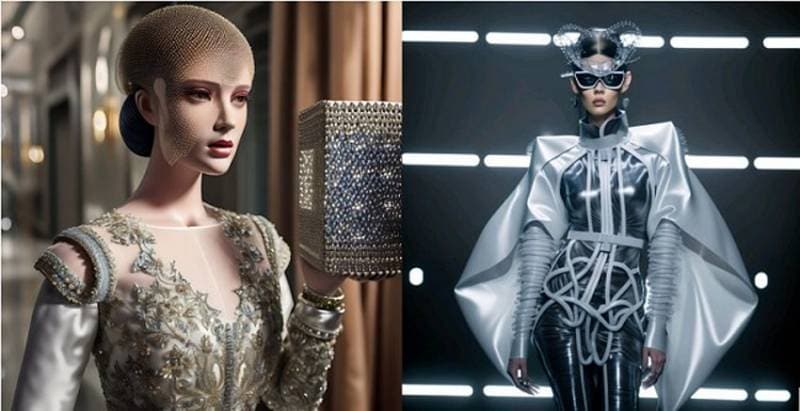
Innovative fashion design is one of the most significant advantages of AI fashion photography. Designers can leverage text-to-image AI tools to get suggestions matching their prompts and create unique clothing items.
They can experiment with colors, styles, fabrics, textures, and patterns and unleash their creativity to improve existing and create new designs.
Additionally, they can convert sketches and drawings into color images. Some AI tools have those capabilities, helping clothing designers save time and enjoy AI-powered editing features to tweak their designs.
Moreover, AI can analyze data from countless online sources like ecommerce stores and fashion shows, predicting trends and helping designers be proactive and sustainable.
Let’s see what AI fashion photography tools you can use for fashion design and other applications.
Best AI Fashion Photography Tools
AI fashion photography tools keep cropping up, so check out the top three to narrow your options.
1. Wondershare VirtuLook
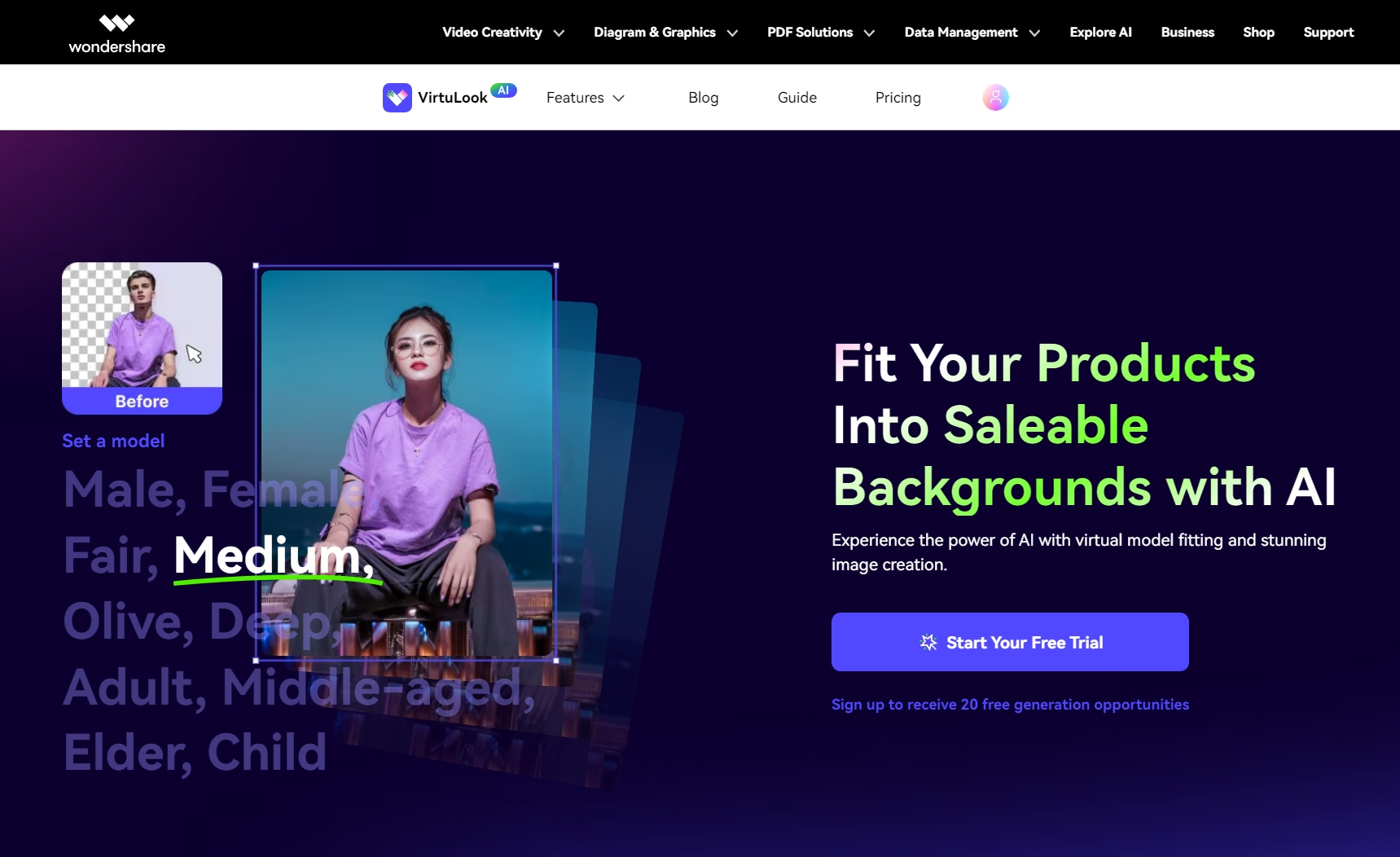
Wondershare VirtuLook is a user-friendly generative AI platform for creating unique 4K product images. It requires submitting a text prompt to describe the desired photo and uploading product shots for reference.
It can generate whatever you specify, from a woman walking in a park wearing jeans, a white shirt, and a classic tan blazer to a hiker carrying a backpack in a rainforest.
Here’s how to use Wondershare VirtuLook for AI fashion photography:
Step 1. Open the Wondershare VirtuLook website on your browser. Click “Get Started”.
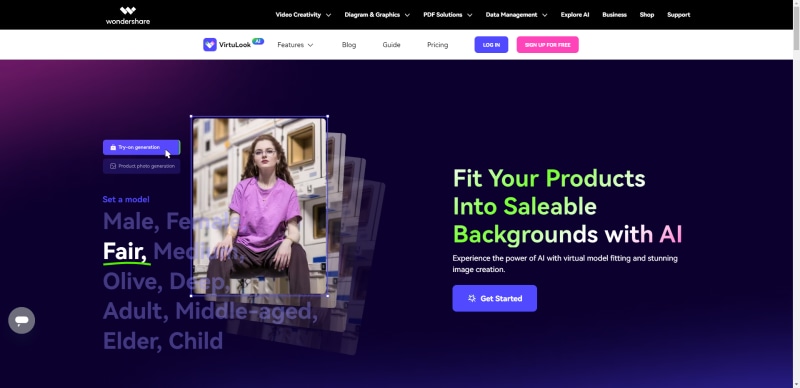
Step 2. Upload your original image and left click on the area of the cloth or product you wish to keep. (Please note that it is recommended to use the try-on generation function for mannequin images and the product photo generation function for product images). For optimal output images, it is advisable to review the basic requirements for the original photos first.
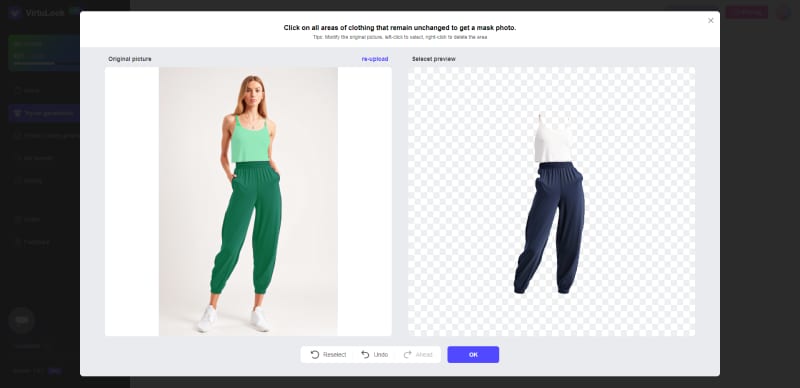
Step 3. Change your background by Using Template/Custom Editing.
Change the style and background by selecting the different template. This option will change the areas of the picture that you don't want to keep to your preferred background.
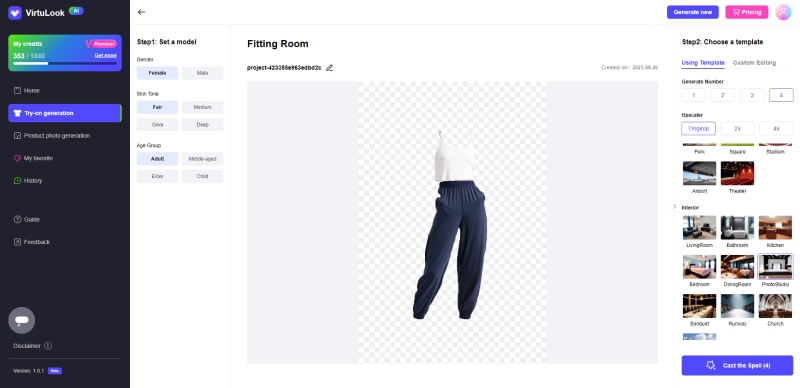
Alternatively, if the template does not currently have the scene you need, you can try using the Custom Editing feature to generate your own customized photo.
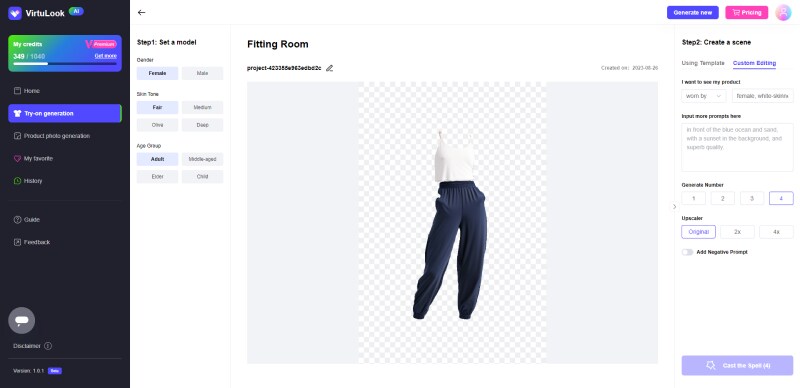
Step 4. Lastly, you can download or bookmark the photos you like. We also appreciate timely feedback from you regarding any issues with image quality or any other concerns you may have.
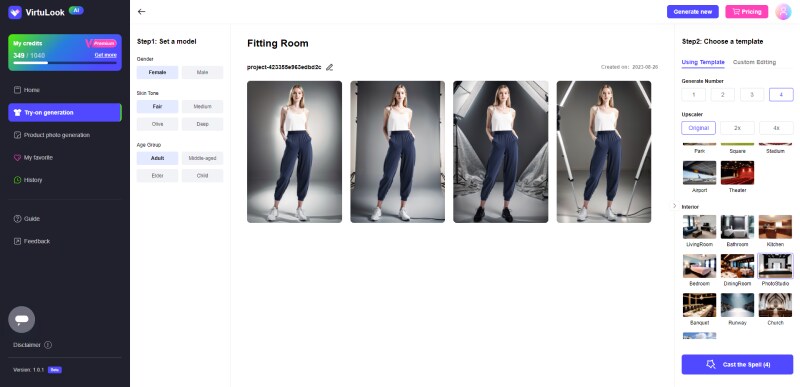
Wondershare VirtuLook provides access to virtual AI models, premium workflows, and editing services, helping you generate and fine-tune impressive fashion shots.
2. ZMO.AI
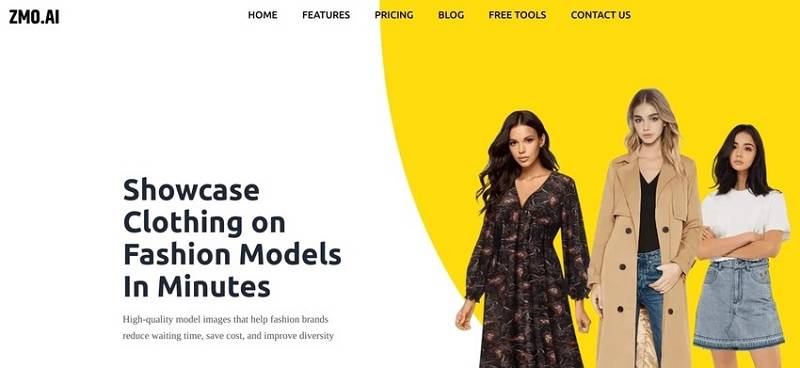
ZMO.AI is all about diversity and inclusivity. It offers several products, including an AI image creator, AI photo editor, and AI Models.
The AI Models tool generates customizable on-model photos for a more inclusive brand image and diverse product catalogs. It lets you choose from models of different sizes, body shapes, and ethnicities to suit your target demographics and edit the pictures to fit your brand style.
Additionally, you can experiment with various styles and backgrounds and customize facial features to evoke positive emotions and communicate the desired message.
3. Vue.ai
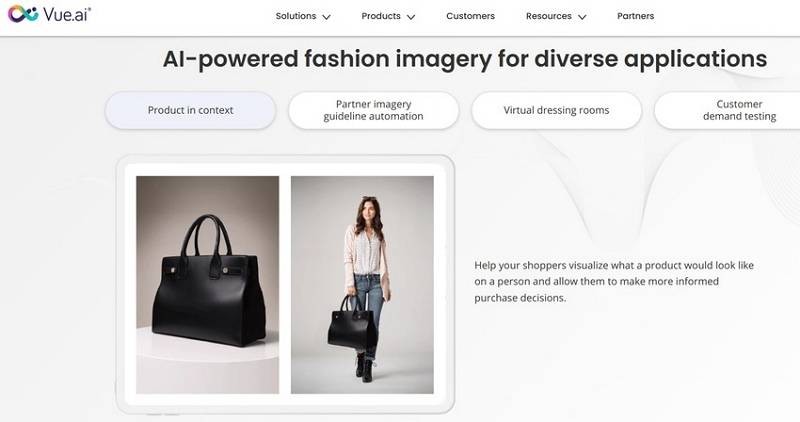
Vue.ai offers many AI-powered products for diverse applications. Some include personalizing online shopping experiences, describing and tagging products, automating partner imagery guidelines, and creating on-model fashion photos for catalogs and virtual dressing rooms.
Its VueModel solution uses Generative Adversarial Networks (GANs), machine learning frameworks for generative AI. Additionally, it has a vast model library, flexible input options, and features for customizing backgrounds for product photography, outfits, colors, poses, sizes, and styles.
Besides VueModel, you can use VueTag, VueCommerce, and VueStyle to automate fashion retail and manage content and customers.
Conclusion
Although generative AI has unlocked the future of fashion photography, it’s still a nascent technology that has only touched the surface of a colossal AI iceberg. However, it has an unmatched power to transform the industry and is already making waves.
The sooner you embrace AI fashion photography, the sooner you can become a part of its bright future. Therefore, follow the trends, focus on value, and utilize AI tools like Wondershare VirtuLook to supercharge creativity while saving time and resources.
